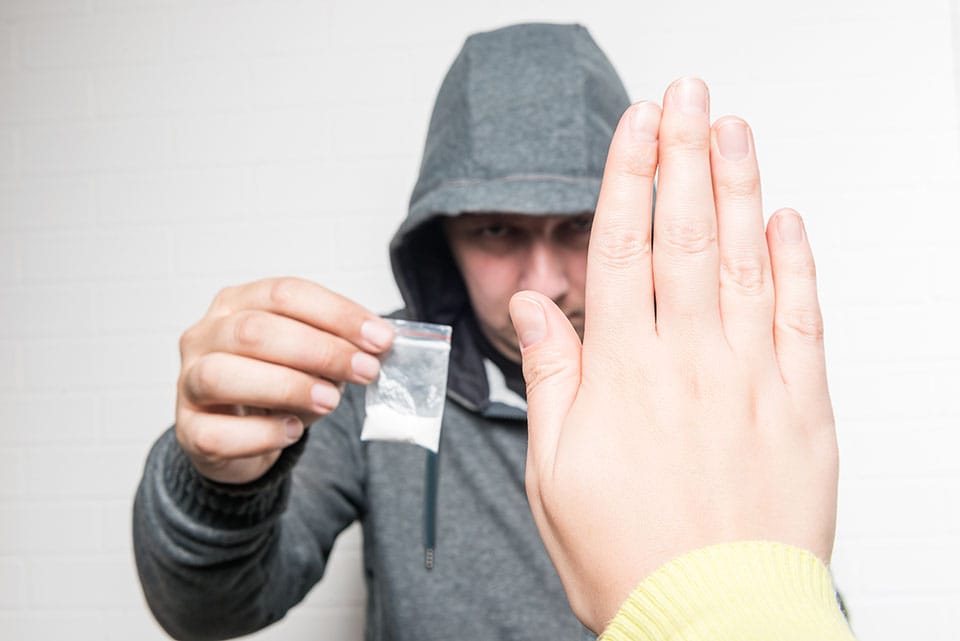What if you could flip a switch and eliminate cocaine cravings? Researchers at Massachusetts General Hospital and the University of Pennsylvania’s Perelman School of Medicine may have essentially done that, but what they switched was a single amino acid. The researchers switched one amino acid of a critical protein receptor in cocaine-experienced rats and reduced cocaine-seeking behavior when the animals were allowed to self-administer cocaine after a period of non-drug use.
Targeting Cravings Could Help People in Addiction Recovery Stay Clean
Similar results in humans could greatly improve the number of people who are able to remain clean and sober after entering treatment for cocaine addiction. The area of the brain that contains this protein receptor—the nucleus accumbens—usually encourages animals with a cocaine addiction to resume drug-seeking behavior even after a period of not using cocaine. This is why simply going through withdrawal and eliminating a drug from the body is not enough to overcome an addiction. The protein in question is called the AMPA receptor, and it contains subunits that consist of four different types. The type of subunit that is critical to these findings is the GluA2 subunit, which is in charge of determining whether or not calcium can get through the receptor.
Receptor Has Been Linked to Depression and Epilepsy
In healthy adult brains, 99 percent of the GluA2 subunits have been altered to make the AMPA receptors impermeable to calcium. However, some brains will have a higher quantity of calcium-permeable receptors, and this abnormality has been associated with disorders such as epilepsy and depression. The Massachusetts General and Perelman School researchers wanted to discover whether cocaine addiction could also be linked with unaltered GluA2 subunits and calcium-permeable AMPA receptors. They discovered that the brains of cocaine-experienced rats that went without cocaine for seven days had higher levels of unaltered GluA2. However, when they altered a single amino acid in a different group of cocaine-experienced rats in order to stimulate the expression of altered GluA2, the results were more calcium-impermeable receptors and, more importantly, less cocaine-seeking behavior from the rats after seven days without using the drug.
Relapse Common During Drug Addiction Recovery
Recovering from a cocaine addiction or other drug addiction is very challenging, and relapse is common. In some ways, recognizing that relapse happens to many people can be encouraging as it helps addicts realize that their struggles are not unusual. Furthermore, drug relapse rates have been found to be very similar to relapse rates for other chronic illnesses such as type 1 diabetes and asthma. Unfortunately, relapsing can be a very discouraging experience for many people and can convince them that they will never be able to fully recover from their addiction. Some people who relapse do end up returning to regular drug use, risking their lives and well-being. Techniques like this that can reduce drug cravings and drug-seeking behavior could significantly improve relapse rates and help more people stay firmly on the road to recovery. It could also help relieve the distress of those people who do stay clean but still find themselves struggling with strong cravings for the drug they are trying to quit.



